When the Germans launched their last major offensive on the western front, Unternehmen: Wacht am Rhein, the heaviest portion of their initial assault force lay in the northern sector of the offensive. There sat the heaviest and, at least theoretically, the most lethal striking forces of the offensive. The powerful Waffen SS Panzer Divisions, “Leibstandarte” and “Hitler Jugend” were expected to burst through the American lines along what would be called the “Northern Shoulder” and blast their way to the port of Antwerp. It was thought that Hitler’s elite SS units would be the ones to carry the Germans to victory and force the western allies to the negotiating table.
The 1st SS Panzer Division “Leibstandarte Adolf Hitler” was to be the spearhead of the assault in the north. A battle-hardened unit, the “Leibstandarte” was filled with both young, green troops, and combat veterans in almost equal number. Equipped with a vast array of armored vehicles from tanks to mobile flak vehicles, the 1st SS was a formidable foe for any unit opposing them. The spearhead of the spearhead, so to speak, was a unit that would become synonymous with the Ardennes offensive, Kampfgruppe Peiper. Named after its commanding officer, Jochen Peiper, Kampfgruppe Peiper was the most powerful force in the entire German offensive in the north.
The German Weekly Review
In the initial days of the offensive, Kampfgruppe Peiper rolled through the Ardennes like a slow-moving train. Delayed by roads not suitable for tanks and the stout defense of locations such as Lanzerath, Ligneuville, and Stavelot, Peiper and his Kampfgruppe nevertheless achieved many of their objectives by December 18, 1944. Poised on the opposite bank of the Amblève River, Peiper forced his way across the river and rolled past Stavelot, never fully securing the town, determined to make his way out of the Amblève Valley and across the Meuse. Pressed for time, Peiper ordered his rear-guard units to eliminate the Americans in Stavelot and follow his advance, an order that would eventually seal his fate.
By December 19, the surprise of the German assault had worn off. No longer were American units fleeing the field of battle in front of their enemy. The American defenses had stiffened considerably. Peiper and his men had run into blown bridge after blown bridge, and roadblock after roadblock, all of which were beginning to show on the ammunition, and more importantly, fuel supplies of the Kampfgruppe. Two days earlier, on December 17, an order had been issued to the veteran American 30th Infantry Division to deploy into position in the vicinity of Eupen, to block the thrust of Kampfgruppe Peiper and prepare to form and hold a defensive line from Malmedy to the small town of Stoumont. By nightfall on December 18, elements of the 119th Infantry Regiment were deployed in and around Stoumont while elements of the 117th Infantry Regiment had set up road blocks and recaptured half of the town that Peiper had ignored, Stavelot. With support from the 743rd Tank Battalion and the 118th Field Artillery, the American infantrymen in Stavelot prepared for an attack the next morning that, if successful, would cut off Jochen Peiper from the rest of the Leibstandarte and effectively cut the head off the snake on the Northern Shoulder. The Americans in Stoumont sat and waited. Recon patrols sent out that night had run into Peiper’s outposts. Seeing enemy Panther tanks in bivouac and hearing multiple voices in German, the defenders of Stoumont knew they had a fight on their hands come morning.
As for Peiper and his men, on the night of the 18th and into the early hours of the 19th, his Kampfgruppe paused just outside the small town of Stoumont. Aware that American infantry was in Stoumont, but unaware of their strength, Peiper wisely chose to wait until morning to conduct his assault on the town. If successful in capturing Stoumont and defending Stavelot, Peiper would be able to break out of the Ambleve Valley, acquire American fuel, and continue his drive to the Meuse with wide open roads ahead.
An incredibly thick blanket of fog hung low over Stoumont and the Amblève valley on the morning of December 19. But even through the fog, American observers on the outskirts of Stoumont could see that a sizable attack was about to commence. Radio reports from outposts counted 15 German tanks and hundreds of infantrymen forming up on the road outside Stoumont.
A paltry German artillery barrage announced the beginning of the assault, and within minutes the first German infantry attacked the roadblock at the entrance of Stoumont village. The previous night, the infantrymen of the 119th had been reinforced with towed tank destroyers as well as three 57mm anti-tank guns and two 90mm anti-aircraft weapons that were deployed as anti-tank weapons. These weapons were used in the attempt to stop the oncoming German armor, to no effect. The first shots either flat out missed the targets or ricocheted off the heavy German frontal armor. The American TD gunners attempted to fire off more rounds at the Panthers but were soon overrun by SS Panzergrenadiers slowly moving up the road and into the village.
Peiper fully realized that time was of the essence and issued orders to rush through the village with all possible speed. Around 0730 hours the lead Panthers throttled forward and attempted to force the issue. Panther number 225, commanded by SS Rottenfuhrer Franz Prahm, was the first tank in the column. As Prahm’s Panther rounded the corner of the main road and entered Stoumont, the last remaining American anti-tank gun opened fire. The gunners placed four rounds in rapid succession on Prahm’s Panther, only to have the rounds ricochet off the mantlet and spin off into the distance. Annoyed but unhurt, Prahm forced his massive tank forward. As Prahm’s leviathan straightened out on the main road, it was struck by three shells from one of the 90mm anti-aircraft guns. The first round hit near the left sprocket, the second sheared the 75mm barrel off of the Panther, and the third penetrated the armor where it exploded, wounding most of the crew and forcing the tankers to bail out of the now burning vehicle.
As the Panther crewmen bailed out of their vehicle and took cover in a ditch, they came under intense small arms fire from the buildings in the center of town. One wounded crewman, either Prahm or the driver of the Panther who lost his leg, rolled down the back of the tank and crawled into a garden along the road, where he was met by German paratroopers, who attempted to shield him from fire. At precisely the same time as Prahm’s Panther was knocked out, four Shermans from the 723rd Tank Battalion arrived and pushed into Stoumont from the opposite direction. The German tanks along the road leading to Stoumont came under heavy American tank fire from Stoumont and the nearby village of Roua. The Panthers stopped, buttoned up and held firm along the road with their accompanying infantry already in the outlying buildings of Stoumont. Peiper’s attack had stalled.
Infuriated by the delay, Peiper relayed direct orders to his tank commander Werner Poetschke to get his men going in any way necessary. Taking Peiper’s orders to heart, Poetschke dismounted his vehicle, grabbed a panzerfaust and personally threatened to shoot any man who did not move forward immediately. The Panthers began to move forward, albeit cautiously.
To solve the problem of the 90mm in the middle of town, the Germans decided to go cross-country. The terrain around Stoumont was perfect for Peiper’s tanks to move about. The ground was relatively firm, with soft rolling hills and broad clear pastures. By moving around the town with the Panthers, the Germans were able to engage the American spotters in the church steeple, and engage and destroy the 90mm that had knocked out Prahm’s tank earlier. Now clear of any anti-tank fire from within the town or from the fields beside it, the Panthers rolled.
Eight of Peiper’s Panthers entered a field to the east of Stoumont and approached the town from its flanks. As they did so, they were immediately engaged by four Sherman tanks from the 743rd Tank Battalion. The firefight was short and fierce with the Sherman’s fire delaying the Panther’s progress. Shots were traded back and forth but astonishingly no tanks were knocked out by either side. Yet despite the lack of losses, the American Shermans began to withdraw due to the heavy German tank fire. As they did, the Panthers continued their advance on the flanks of town while at the same time the German paratroopers and Panzergrenadiers pushed through the center of the town clearing house after house.
The infantrymen of the 119th Infantry Regiment poured fire into the Germans as they advanced through the town, yet it seemingly did little to stop the flood. Near the center of town, the SS Panzergrenadiers stopped and collected themselves. Seeing his opportunity to finish off the defenders, Peiper himself ran to his men who were sheltering in a ditch catching their breath, and urged them on. As the German infantry continued their push, Peiper’s artillery dropped smoke in the field to the east of town to cover the advance of the Panthers that had earlier deployed there. The Panthers, under the cover of smoke, reversed course and entered the eastern side of Stoumont via a sunken lane. The Germans now had two separate tank columns moving into Stoumont.
To the Americans of I and K Companies of the 119th, it became painfully clear that the town could not be held. What remained of the two companies began to pull back towards the edge of town, as the advancing German tanks fired directly into the houses and buildings along the road to clear out any defenses. The pressure on the defenders reached its high-water mark when German halftracks rattled into town and disgorged their cargo, that cargo being fresh Panzergrenadiers who went house to house and mopped up what was left of the American defenders in Stoumont.
The rumors, which were true, of Kampfgruppe Peiper executing American POWs in the previous days made the decision to surrender difficult for those who were unable to extricate themselves from their defensive positions as the Germans rolled past them. Regardless, those who now found themselves surrounded threw down their weapons and came out of their positions. Hands held high in the air, the defenders of Stoumont were searched and sent to the rear of Peiper’s column, their war over…for now.
-

Americans come out of their defensive positions and surrender to Panzergrenadiers in Stoumont. The National WWII Museum Digital Collections.
-

German paratroopers take cover from American fire as they attempt to aid a wounded man. The National WWII Museum Digital Collections.
-

German paratroopers tend to one of Prahm's wounded crewmen as Prahm's Panther burns in the background. The National WWII Museum Digital Collections.
-

Panthers of Kampfgruppe Peiper move towards Stoumont under cover of smoke. The National WWII Museum Digital Collections.
-

Peiper's Panthers flank Stoumont from the fields east of town. The National WWII Museum Digital Collections.
-

SS Panzergrenadiers and German paratroopers mop up in Stoumont. The National WWII Museum Digital Collections.
-

US POWs from Stoumont march past a Panther from Peipers column. The National WWII Museum Digital Collections.
After the town was cleared of resistance, Peiper’s men paused, took stock of the situation, looted American gear, and then resumed their advance, this time out of town towards Stoumont’s small train station only a few kilometers down the road. To Jochen Peiper, it must have appeared that he had won the day, that the route out of the Amblève Valley to the Meuse was now wide open and victory would be his. Elated, he ordered his Panthers forward down the road with all possible speed. Little to no resistance was expected ahead of Peiper’s vehicles. He could not have been more incorrect.
As the first Panther rounded the bend in the road and took Stoumont station into view, a round from a camouflaged 90mm gun screamed down the road and slammed into the Panther, penetrating the armor and exploding. What crewmen survived poured out of the burning tank and ran for cover. Another Panther overtook the burning vehicle, and it too was hit by the 90mm weapon, the rounds this time striking and jamming the turret. The damaged Panther retrieved the wounded crewmen from the first tank and reversed course. Heavy artillery and small arms fire chased the tank back around the bend in the road as SS Panzergrenadiers streaked into the engagement, only to be driven back by intense small arms fire. Peiper was shocked at the amount of fire coming at his advance units. Believing the route open, only to be repulsed with heavier fire than he had experienced in Stoumont, Peiper instructed his men to hold firm and wait for orders.
The SS Colonel assessed his situation and quickly realized he was in dire straits. After his tanks had been beaten back at the station, he received word that his rear-guard units had failed to finish the job in Stavelot. The Americans of the 117th Infantry Regiment and the 743rd Tank Battalion had recaptured the town. More importantly, they had also recaptured the roads leading in and out of it, cutting Peiper off from the rest of the 1st SS Panzer Division. With his fuel situation at a critical level, he ordered his Panthers to retreat back to Stoumont.
Despite his victory at Stoumont and the seemingly wide-open road ahead, he was now helpless, and he knew it. Peiper ordered his men to form a defensive ring around the Stoumont/La Gleize area, and await a breakthrough that would restore his supply lines.
While Peiper’s men made their way back to their former positions, the Americans of the 30th Infantry Division along with elements of the 3rd Armored Division and 82nd Airborne Division poured men in and around the areas of Stoumont, La Gleize, and Stavelot. The Americans were closing in on Jochen Peiper. The noose had been drawn.
Seth Paridon
Seth Paridon was a staff historian at The National WWII Museum from 2005 to 2020. He began his career conducting oral histories and research for HBO’s miniseries The Pacific and holds the distinction of being the first historian hired by the Museum’s Research Department. In the 12 years he was Manager of Research Services, Seth and his team increased the oral history collection from 25 to nearly 5,000 oral histories.
Cite this article:
MLA Citation:
APA Citation:
Chicago Style Citation:
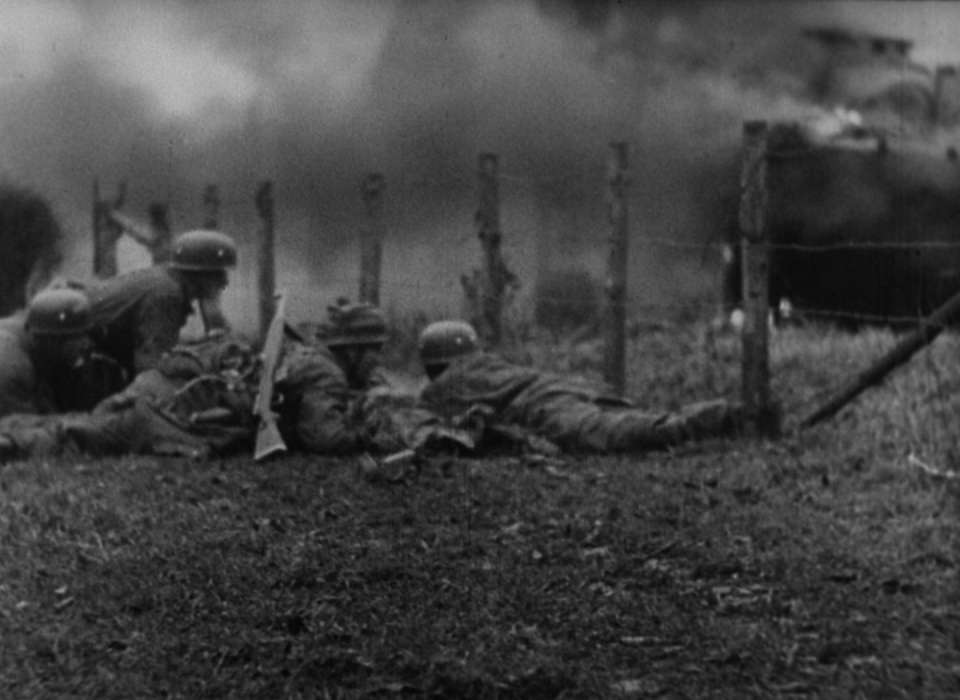
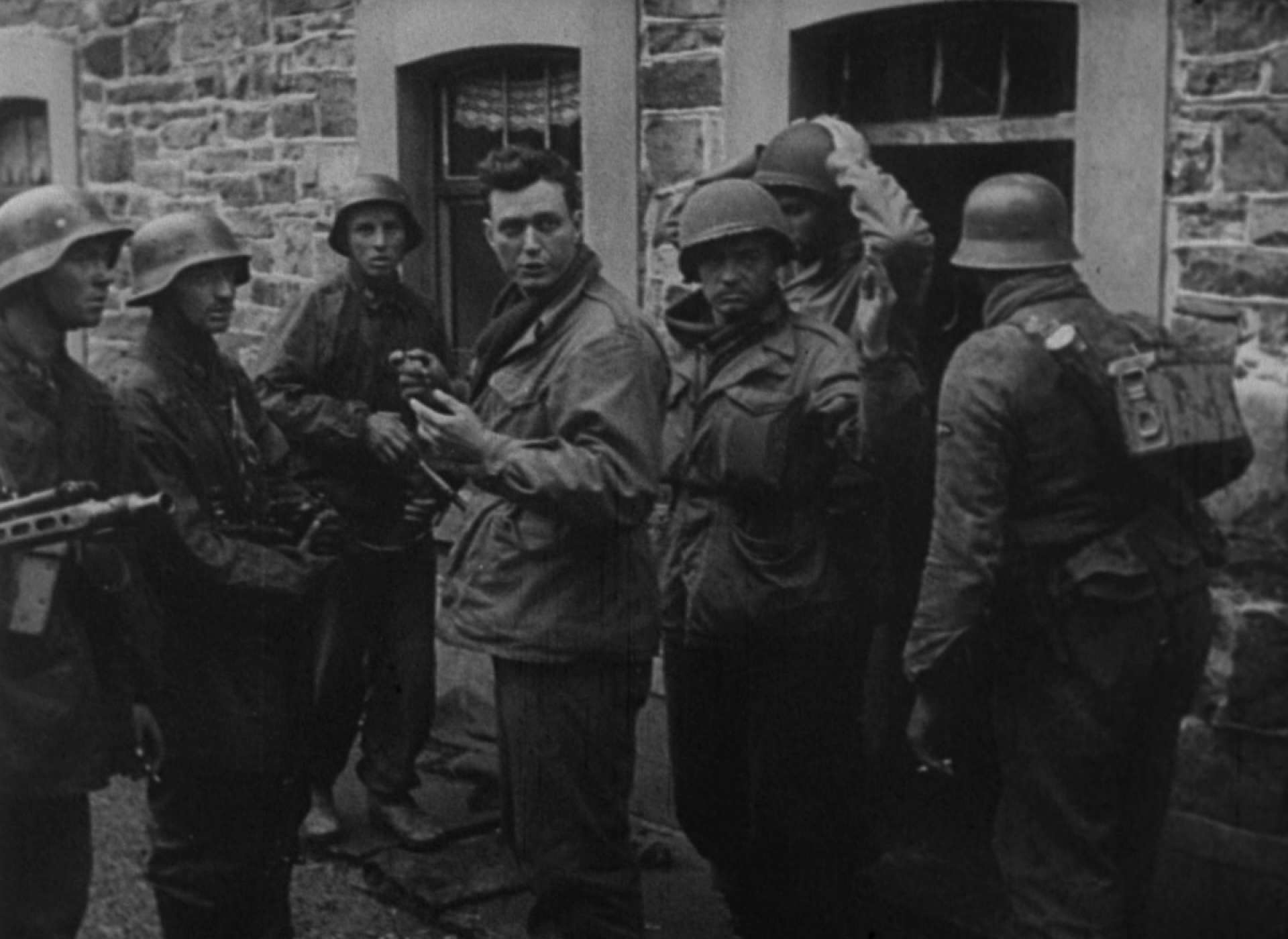
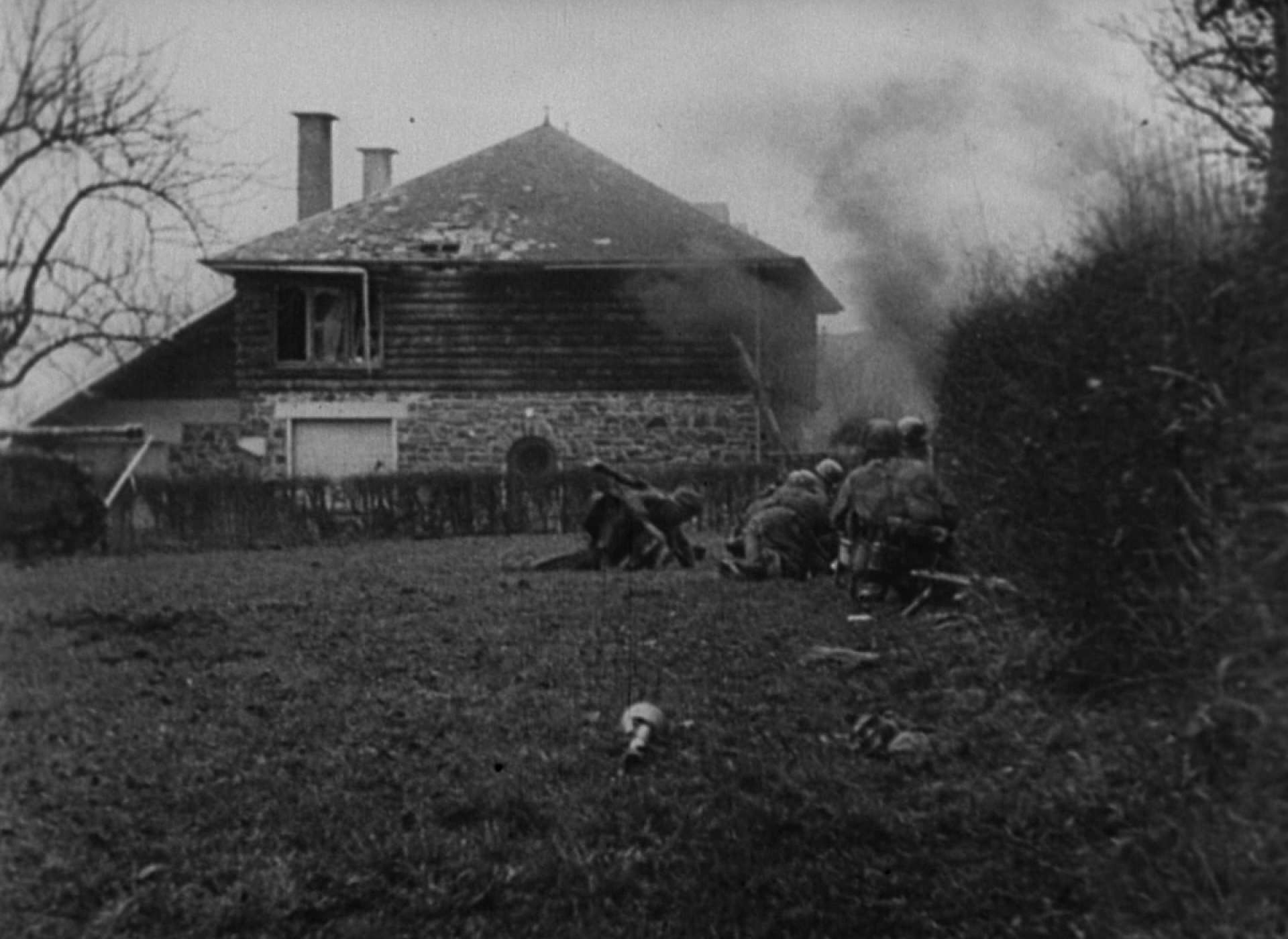
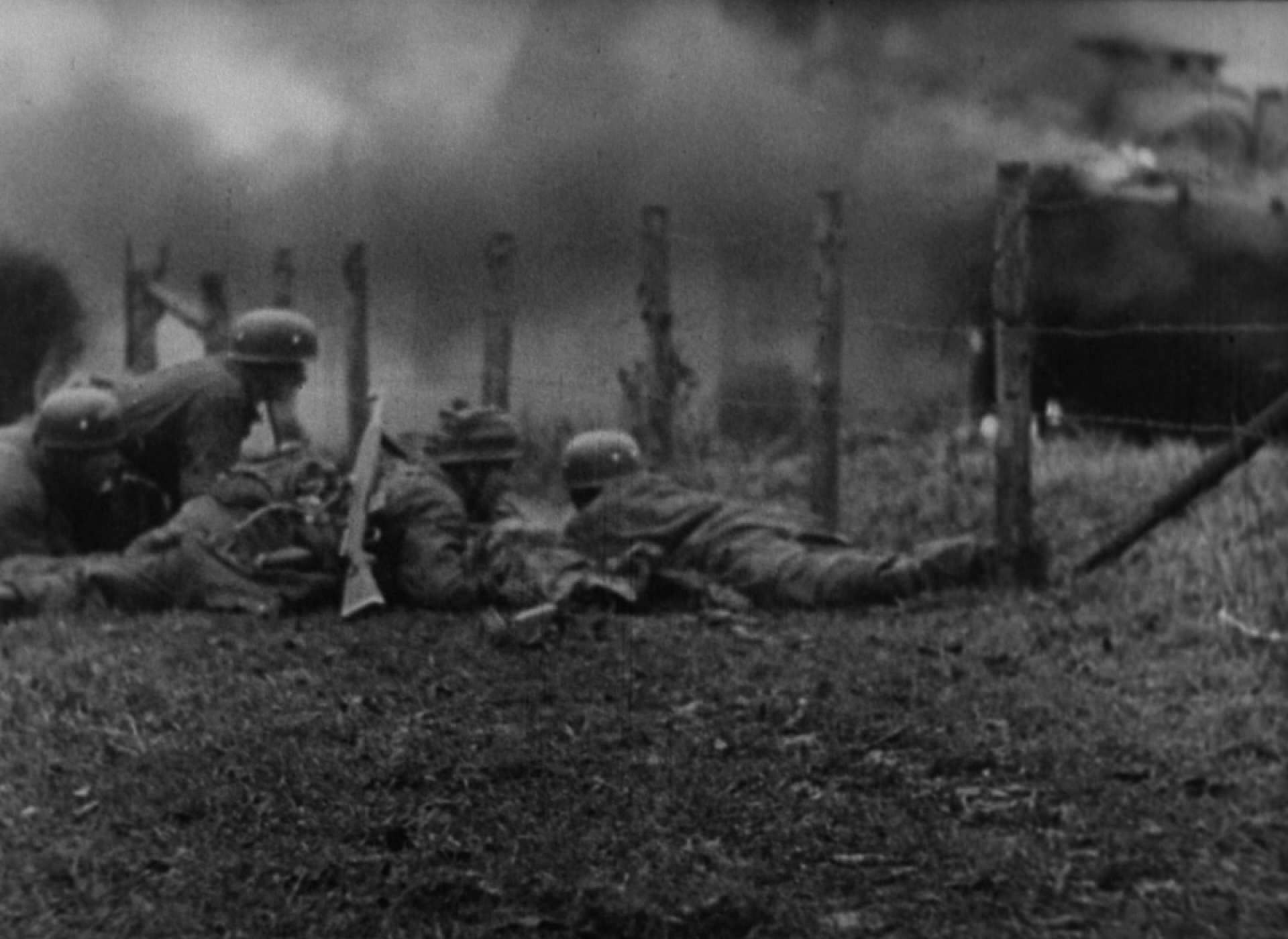
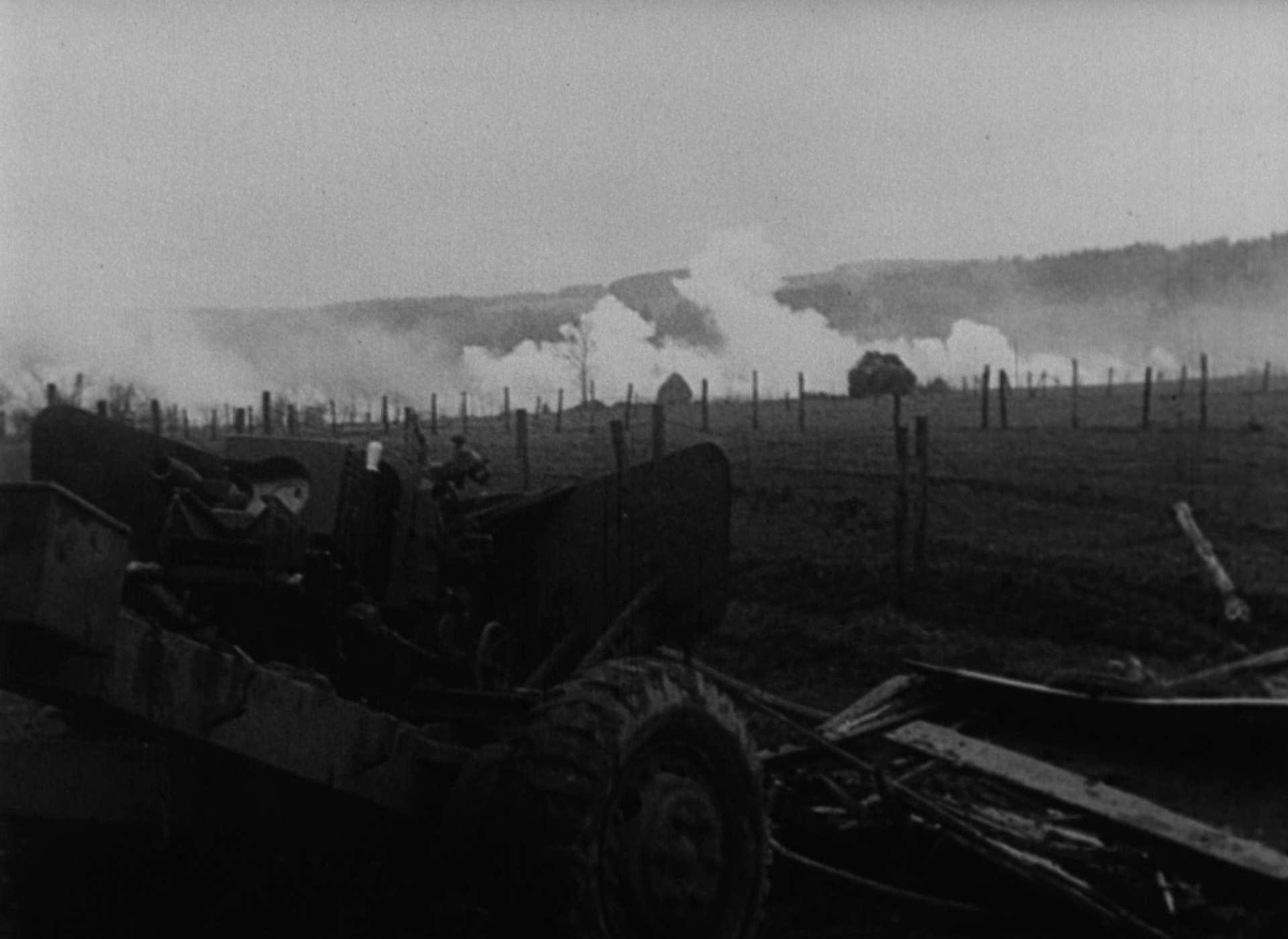
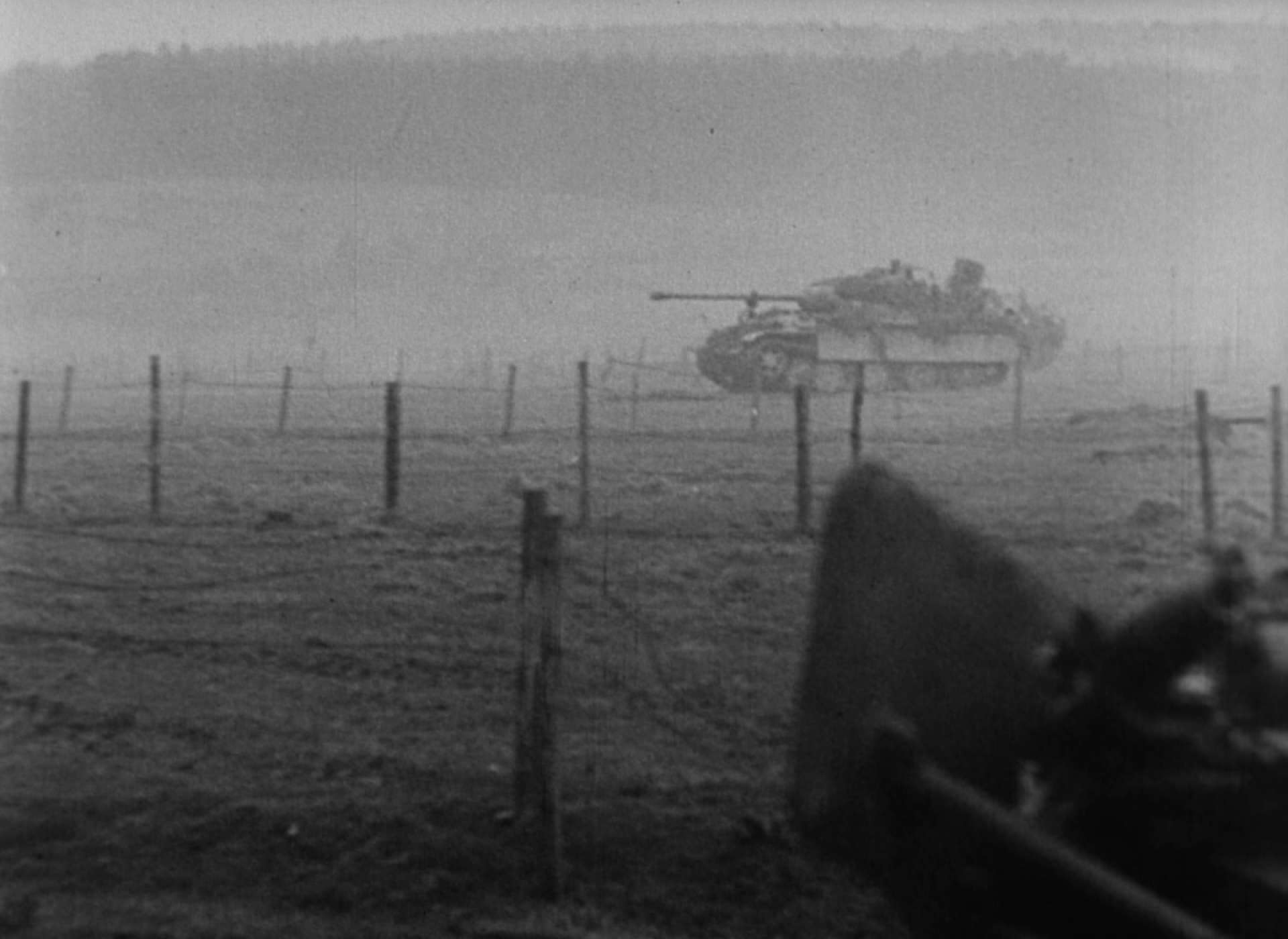
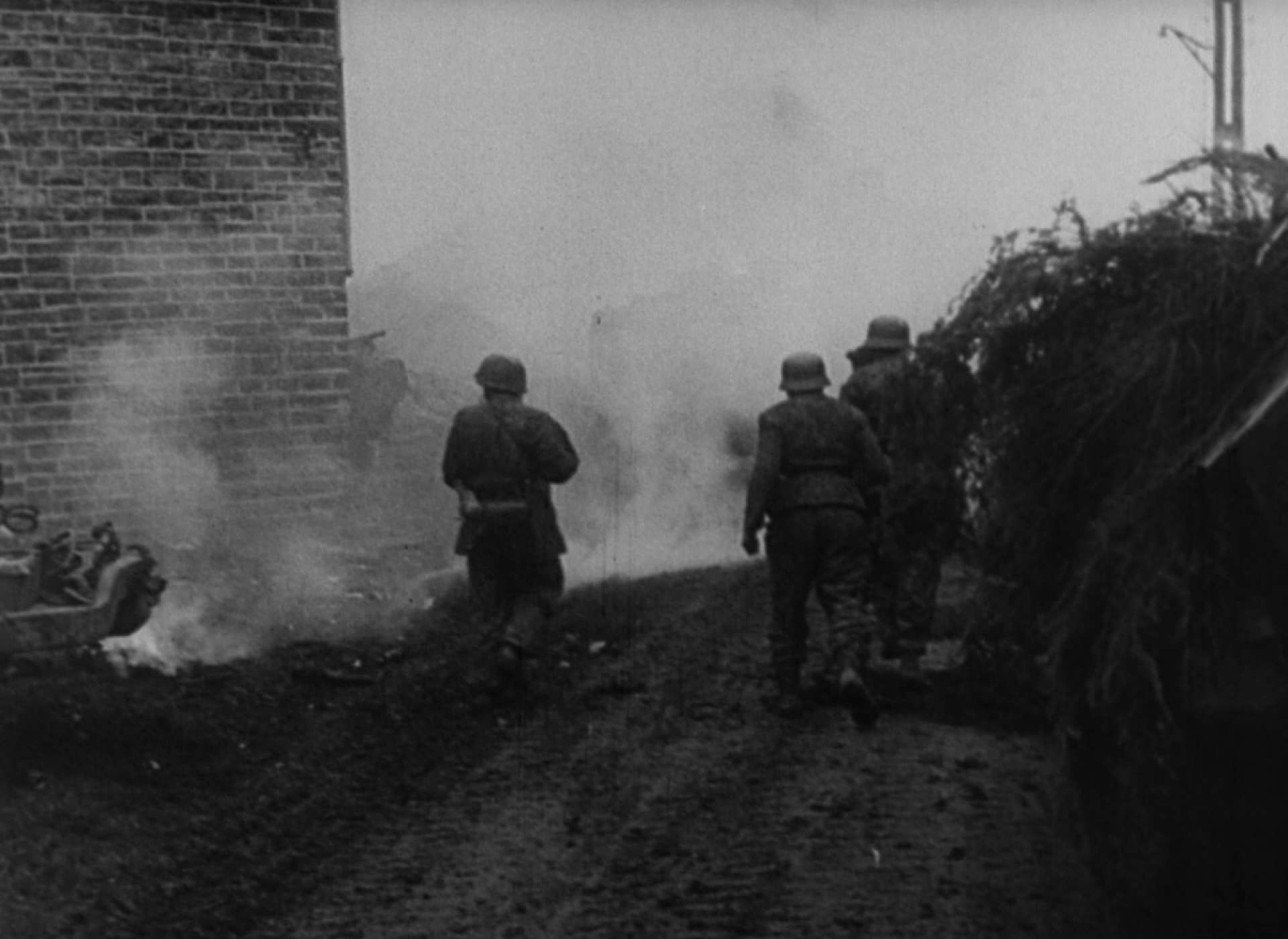
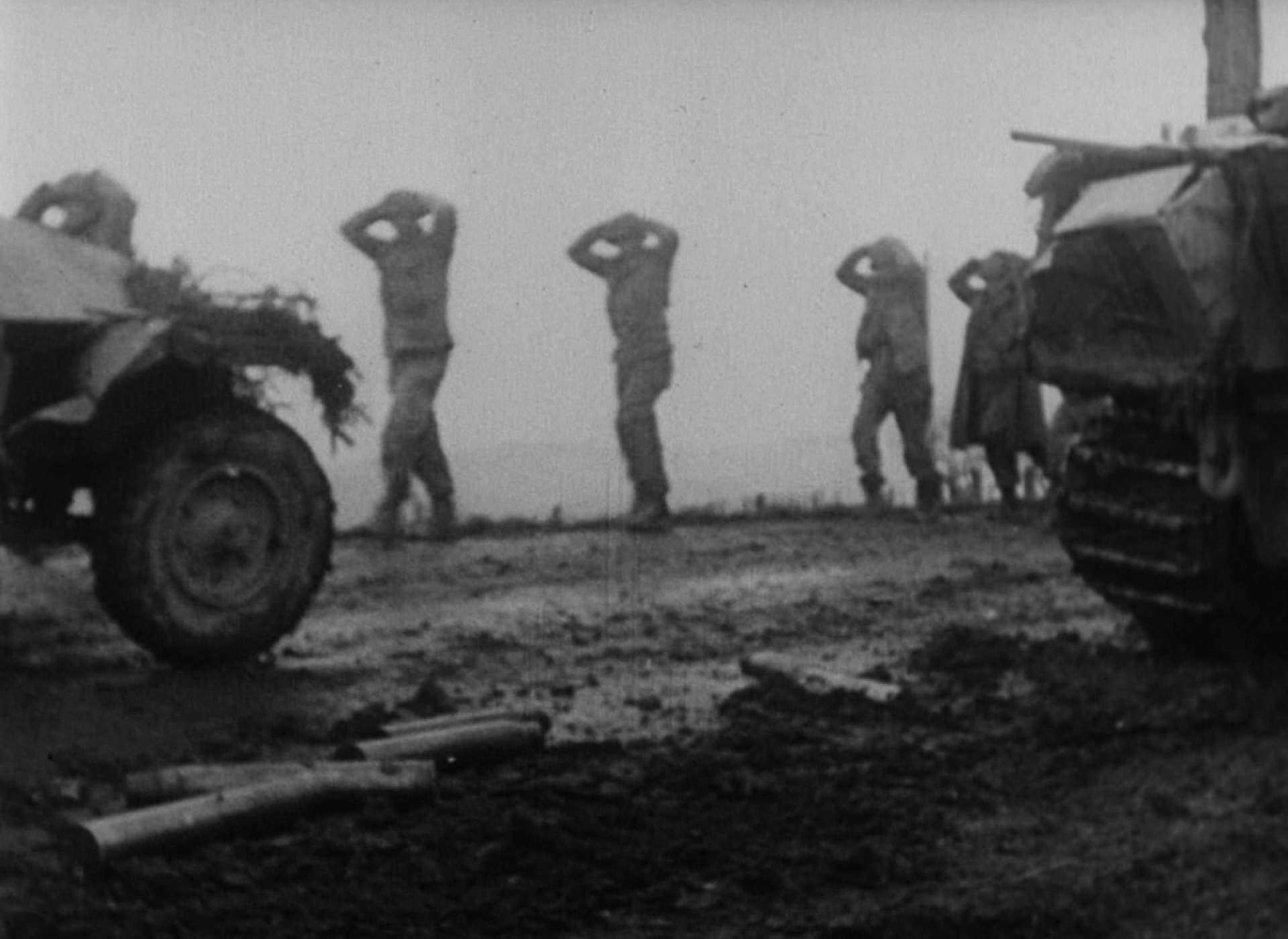

![Max Fuchs, New York City cantor, sings as Rabbi Sydney [sic] Lefkowitz, Richmond, VA, conducts the first Jewish services from Germany.](/sites/default/files/styles/max_650x650/public/2025-10/image1.jpg)






